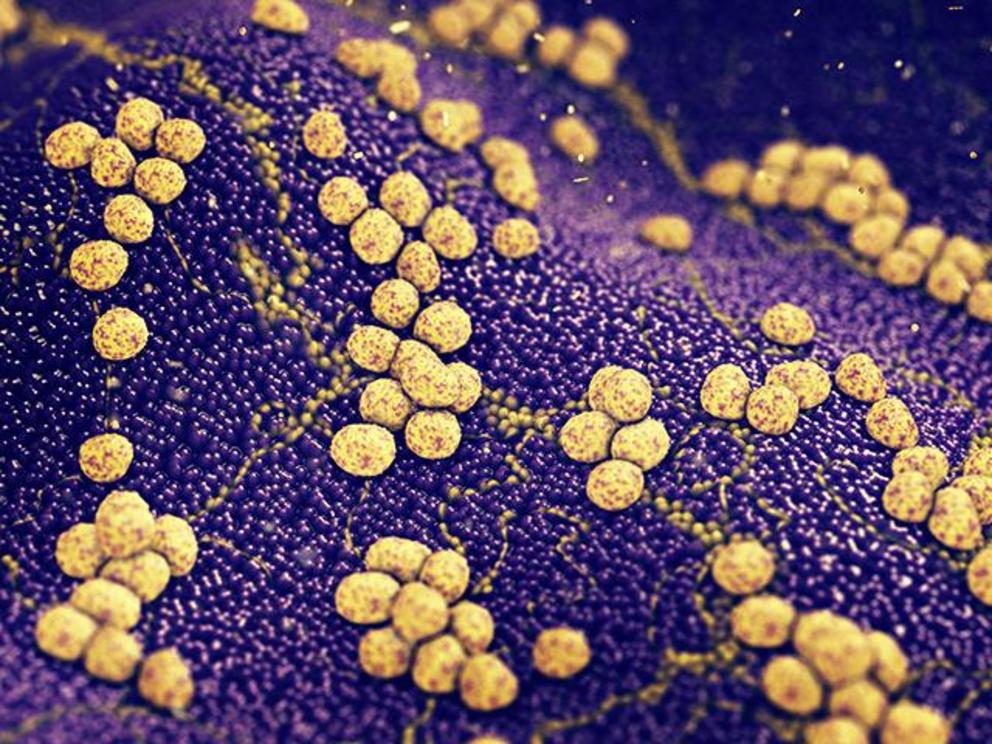Oral streptococcal bacteria found to be present in thrombus aspirates of acute ischemic stroke patients
In this study, researchers from Tampere University in Finland investigated the presence of oral bacterial DNA in the thrombus aspirates of patients with acute ischemic stroke treated with mechanical thrombectomy. Their findings were published in the Journal of the American Heart Association.
- Chronic infections are known to be risk factors for coronary heart disease and ischemic stroke.
- In particular, oral bacteria DNA, mainly from the viridans streptococci group, has been found in the coronary thrombus aspirates of myocardial infarction and cerebral aneurysms.
- Viridans streptococci can cause infective endocarditis and have thrombogenic properties.
- The researchers took thrombus aspirates and arterial blood samples from 75 patients with acute ischemic stroke.
- They used a quantitative polymerase chain reaction to confirm the presence of viridans streptococci, mainly Streptococcus mitis, as well as Porphyromonas gingivalis and Aggregatibacter actinomycetemcomitans.
- To determine the amount of bacterial DNA in the samples, they used the comparative threshold cycle method.
- The researchers detected bacterial DNA in 84 percent of aspired thrombi. DNA from the S. mitis group was found in 79 percent of the samples.
- They also found that the median relative amount of Streptococcus species DNA in the samples was 5.10-fold higher than in the control blood samples from the same patients.
- On the other hand, all thrombi tested negative for P. gingivalis and A. actinomycetemcomitans.
Based on these results, the researchers concluded that oral streptococcal bacteria contribute to the progression and thrombotic events associated with cerebrovascular diseases.
Read the full article at this link.
Journal Reference:
Patrakka O, Pienimaki JP, Tuomisto S, Ollikainen J, Lehtimaki T, Karhunen PJ, Martiskainen M. ORAL BACTERIAL SIGNATURES IN CEREBRAL THROMBI OF PATIENTS WITH ACUTE ISCHEMIC STROKE TREATED WITH THROMBECTOMY. Journal of the American Heart Association. 23 May 2019;8(11). DOI: 10.1161/jaha.119.012330

